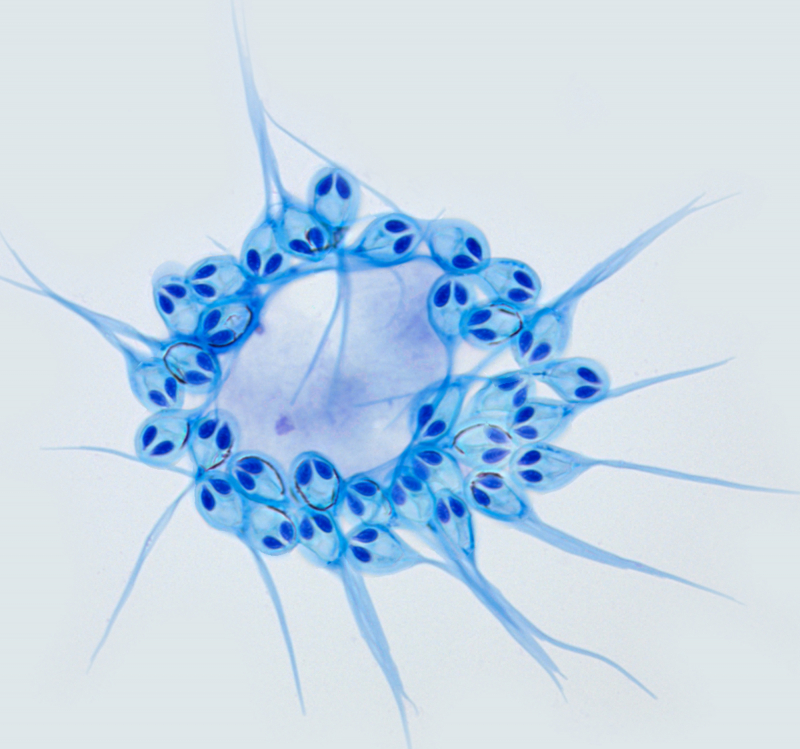No Oxygen Needed
Even the most fundamental biological assumptions can be shown incorrect or inaccurate. Scientists from Tel Aviv University showed that back in 2020 when they unintentionally discovered the first known mammal that does not need oxygen to live. The organism in question is an 8-millimeter white parasite called Henneguya salminicola. It attaches itself to a wide variety of salmon species and causes a condition known as “milky flesh” or “tapioca” disease. They’ve known about this parasite for over a hundred years, but it wasn’t until scientists sequenced the genome of the Henneguya genus that they discovered that H. salminicola did not have any mitochondria, which enables aerobic respiration.
In reality, the parasite lacked mitochondrial DNA, implying that the species evolved to generate energy without oxygen, albeit how exactly it does so is unknown at the moment. Other species, such as amoebas and fungi, can do this as well, but H. salminicola is the first occurrence of a "animal" lacking aerobic respiration.











